No tummy.
Always tight.
No matter the position, the sewn-in SNAPGRID® stays evenly stretched across the frost frame— preventing sagging or bulging, even in dynamic setups.
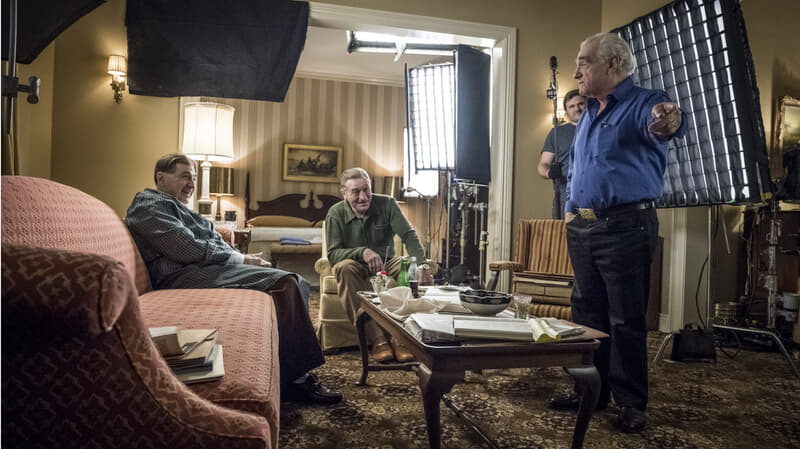
FROST FRAME GRID
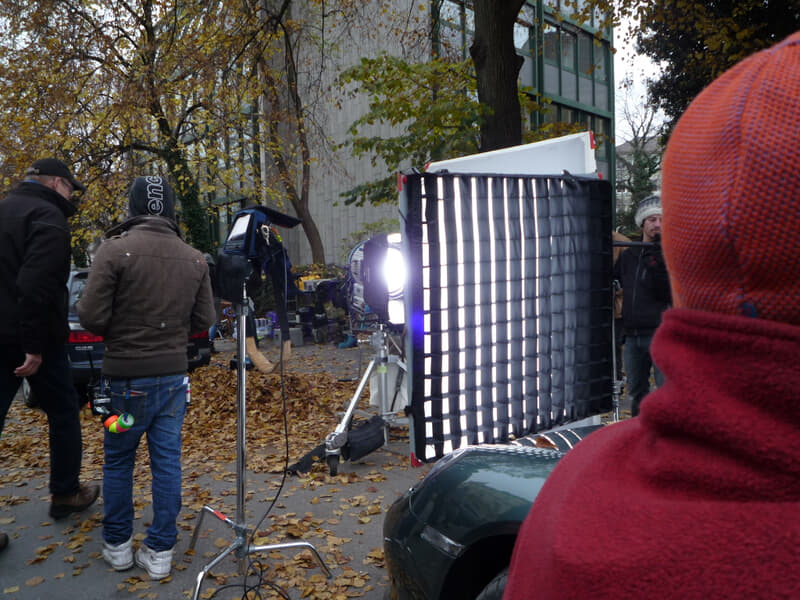
CONTROLLED
SOFTLIGHT
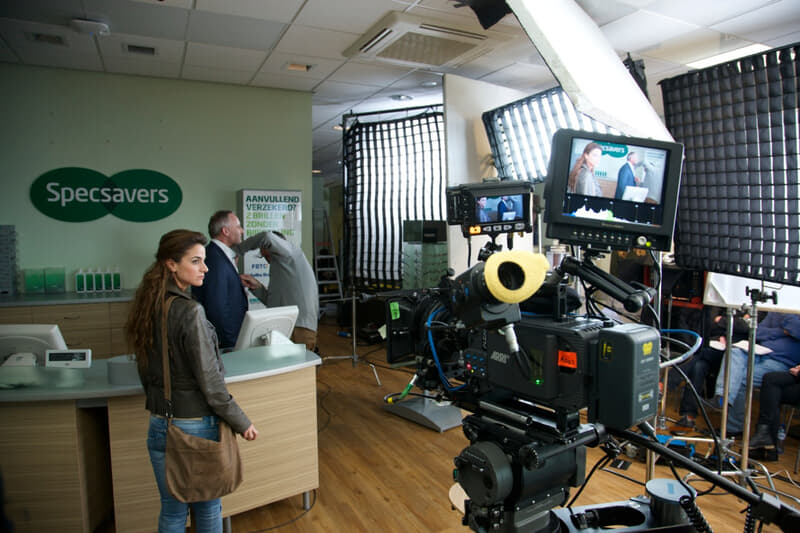
ANY FRAME
SOFT LIGHT. SHARP CONTROL.
Effortless light shaping for Frost Frames - no extra rigging required.
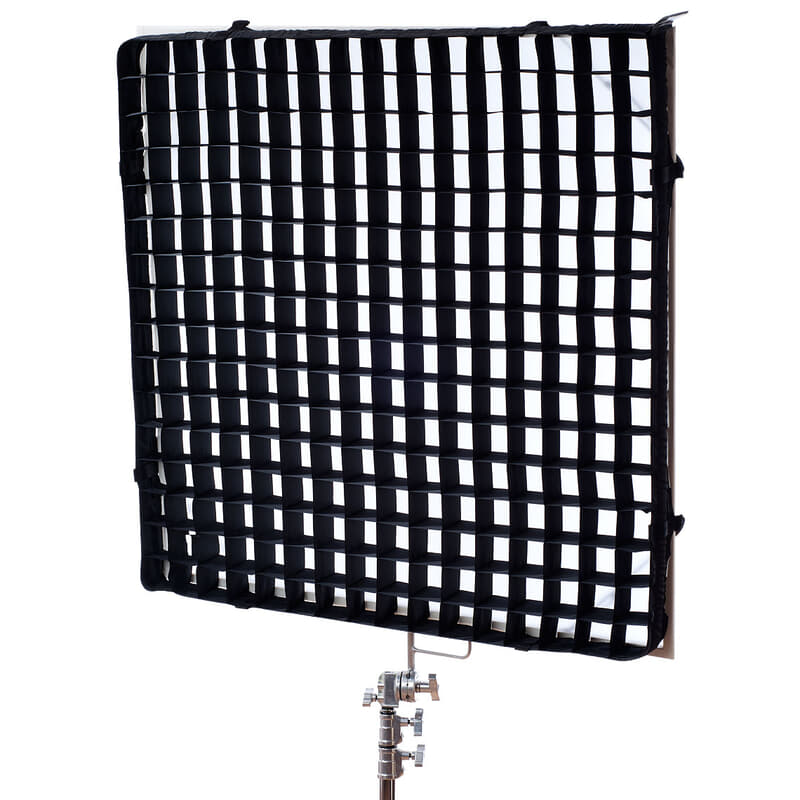
DoPchoice’s precisely sewn, durable, and lightweight Frost Frame Grids are the ideal solution to control and shape soft light produced by powerful fixtures through frost frames. Designed to stretch tightly across standard metal frames, these grids attach effortlessly with integrated elastic corner straps—no tools or extra hardware needed. Each grid ensures reliable tension with no sagging, even in vertical or angled setups. When not in use, they fold flat for compact storage and easy transport.


No matter the position, the sewn-in SNAPGRID® stays evenly stretched across the frost frame— preventing sagging or bulging, even in dynamic setups.
Fitted with elastic corner straps, Frost Frame Grids slide effortlessly over standard frames for fast, tool-free setup—so you’re ready to roll in seconds.
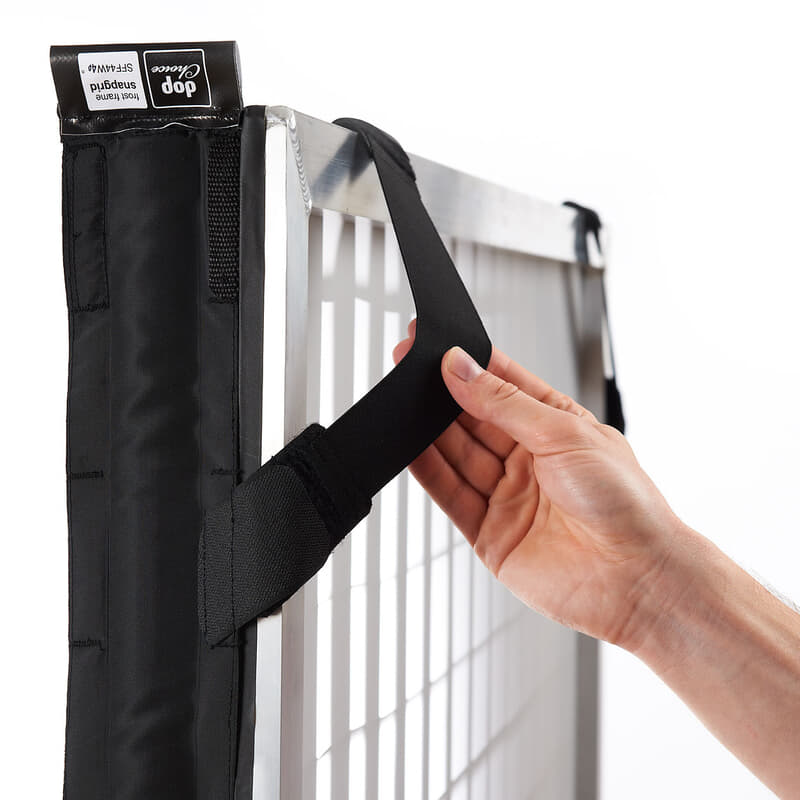
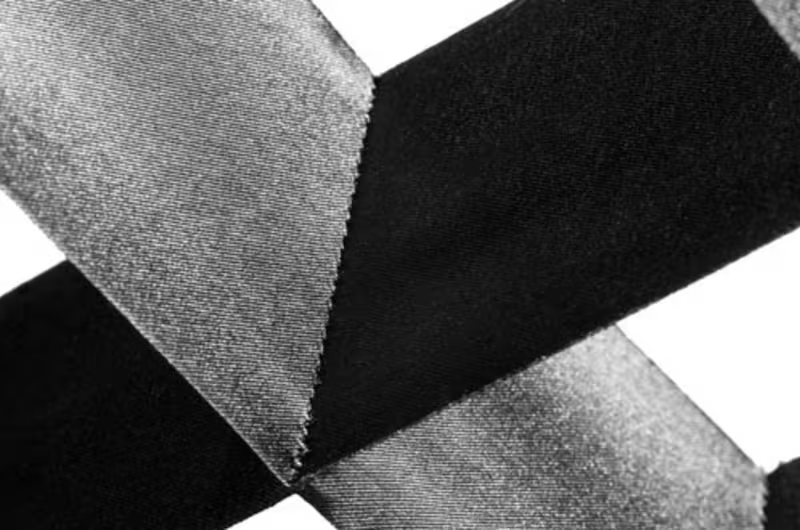
Built from tough, precision-stitched fabric, these grids are made to endure the demands of professional sets—maintaining their shape, tension, and performance over time.
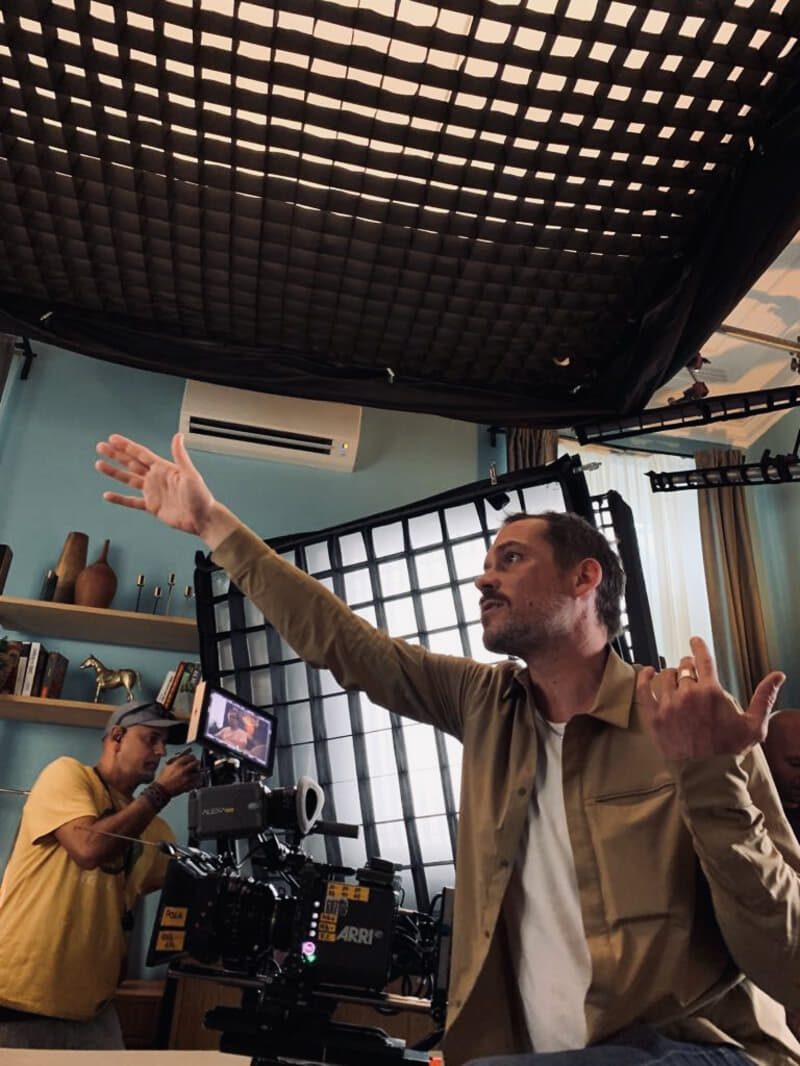
Choose from 20°, 30°, 40°, 50° and our 30°/50° combo angles.
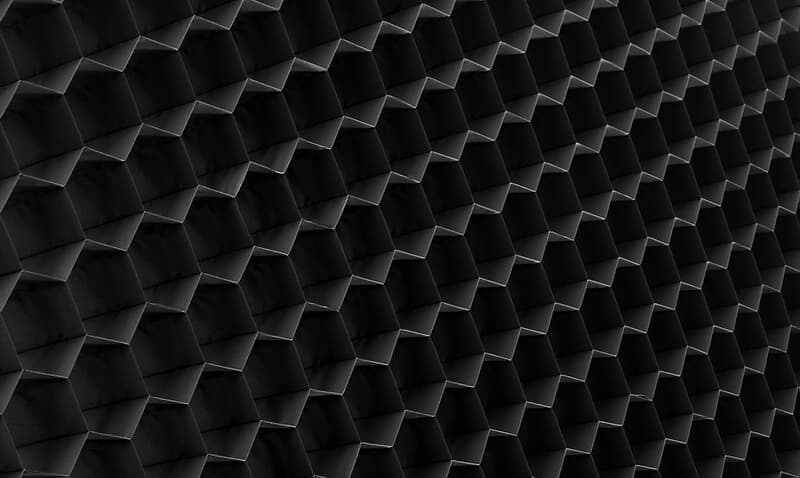
Frost Frame Grids are designed to mount directly onto metal frost frames, typically placed in front of a powerful light source with diffusion. They offer directional control for already-softened light and attach quickly with elastic straps—with no extra rigging required.
Butterfly Grids, on the other hand, are larger fabric grids stretched across modular frames using a bungee cable system. They're ideal for use with large-area lights or in overhead setups and are commonly used as part of a modular lighting setup with additional diffusion layers.
Frost Frame Grids work in combination with standalone frost frames and offer beam control for large, soft light sources—often created by bouncing or diffusing powerful lights through a separate frame.
Softbox Grids are built specifically to integrate into softboxes like SNAPBAGS®. They focus the beam of a direct light source that’s already diffused by the softbox’s front screen, creating a more controlled and directional output from a compact unit.
The degree of a frost frame grid—like 30°, 40°, 50°—refers to the beam angle of the light that’s allowed to pass through the it.
The Degree = Beam Spread
If you’re choosing one for your butterfly setup, think: how much spill can you afford?
Built from tough, precision-stitched fabric, these grids are made to endure the demands of professional sets—maintaining their shape, tension, and performance over time.
The degree is determined by the size of the cells in the grid. The depth remains constant on all our DoPchoice Grids.

BOX CELL Structure:
Pros:
Cons:
HONEYCOMB Structure:
Pros:
Cons:

SQUARE CELL Pattern:
Pros:
Cons:
RECTANGULAR CELL Pattern:
Pros:
Cons:
Disadvantages Interlocking system:
Advantages of the fully sewn cells in every DoPchoice Grid:
4 Items Found
Filters